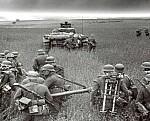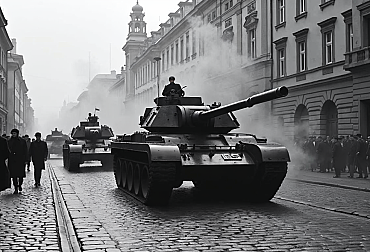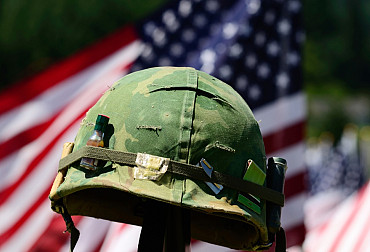July 28 1914: The day the world descended into war
On the morning of July 28, 1914, the world stood on the precipice of a cataclysm. That day, Austria-Hungary declared war on Serbia, setting in motion a chain reaction of alliances, mobilizations, and declarations that would plunge the globe into the First World War. What began as a localized conflict in the Balkans soon escalated into one of the deadliest and most transformative wars in human history.

The Fuse: The Assassination in Sarajevo
The origins of the conflict trace back to June 28, 1914, exactly one month before war was declared. In the Bosnian capital of Sarajevo, Archduke Franz Ferdinand, heir to the Austro-Hungarian throne, and his wife Sophie were assassinated by Gavrilo Princip, a Bosnian Serb nationalist affiliated with the radical group Black Hand.
The assassination shocked Europe. Austria-Hungary, already struggling with internal nationalist movements and wary of Slavic agitation, saw the attack as a direct challenge from Serbia. Though Serbia officially denied involvement, Austrian leaders were determined to strike back—using the assassination as a pretext to assert dominance and crush dissent in the Balkans.
The Ultimatum and the Countdown
On July 23, 1914, Austria-Hungary delivered a harsh ultimatum to Serbia, making demands that were deliberately designed to be unacceptable—such as allowing Austro-Hungarian officials to operate within Serbian borders. Serbia, supported by Russia, agreed to most demands but rejected those that infringed on its sovereignty.
Five days later, on July 28, Austria-Hungary declared war on Serbia, and the first shots were fired. Austro-Hungarian artillery shelled Belgrade the following day. What might have remained a localized war between two nations was about to erupt into a global inferno.
Dominoes of Destruction: The Alliance System Unravels
The outbreak of World War I cannot be understood without the complex web of alliances that had formed in Europe:
-
Austria-Hungary, bound to Germany through the Dual Alliance (1879), received firm support from Berlin in the so-called “blank check” assurance.
-
Russia, protector of Slavic nations and allied with France, began to mobilize its forces in defense of Serbia.
-
Germany, viewing Russian mobilization as an act of war, declared war on Russia on August 1.
-
France, bound by treaty to Russia, began mobilizing.
-
On August 3, Germany declared war on France and launched the Schlieffen Plan, invading neutral Belgium to outflank French defenses.
-
Britain, outraged by the violation of Belgian neutrality (which it had guaranteed by treaty), declared war on Germany on August 4.
In just one week, a regional conflict became a world war.
The War That No One Expected
The declaration of war on July 28 was greeted in many European capitals with cheering crowds and patriotic fervor. Few understood the scale of the disaster ahead. Leaders and generals believed the war would be over by Christmas. Instead, it lasted over four years, claimed the lives of more than 16 million people, and fundamentally redrew the map of Europe.
Trench warfare, chemical weapons, machine guns, tanks, and aerial bombardment turned vast swathes of Europe into killing fields. The war not only ended empires—the Austro-Hungarian, Ottoman, Russian, and German—but also sowed the seeds for the even more destructive Second World War just two decades later.
Legacy of July 28
July 28, 1914, is not just the start of a war; it's the day the modern world began to unravel. It exposed the fragility of peace built on mutual suspicion and militarized alliances. It was a turning point from which the 20th century would never recover.
Today, historians view that day as the moment when diplomacy failed, nationalism triumphed, and the old world order crumbled. The First World War began not with a single event, but with a culmination of grievances, ambitions, and fatal miscalculations. And July 28 was the match that lit the powder keg.







